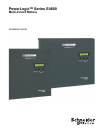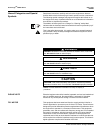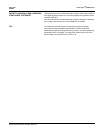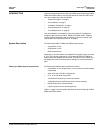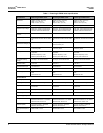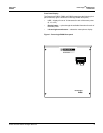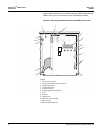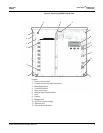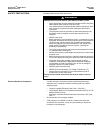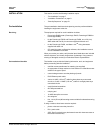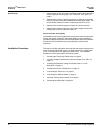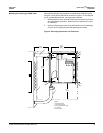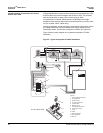
930-110-01 PowerLogic
TM
E4800 Series
02/2009 Introduction
© 2009 Schneider Electric All Rights Reserved
1
INTRODUCTION This document describes the PowerLogic E4800 meter (PowerLogic E4833,
E4880 and E4805 meters), including procedures to install and start up the
unit, and complete the initial configuration:
• “System Description” on page 1
• “Pre-Installation” on page 7
• “Installation Procedures” on page 8
• “Start-Up Sequence” on page 21
• “Fuse Replacement” on page 25
This documentation is intended for those responsible for installing and
configuring the PowerLogic E4833, E4880 and E4805 meters. Installers
must be qualified electricians with knowledge of local and national code
requirements. See “Safety Precautions” on page 6.
System Description The PowerLogic E4833, E4880 and E4805 meters support:
• single-phase, 2-wire
• single-phase, 3-wire
• three-phase devices
Depending on how the meters are installed and configured, they can meter
8, 12, or 24 individual meter points. The PowerLogic E4833, E4880 and
E4805 meters are designed for residential, commercial, and industrial use
and display the power and consumption readings for each measurement
point.
PowerLogic E4800 System Specifications The PowerLogic E4800 system architecture includes:
• single-phase, 2-wire; single-phase, 3-wire (network); and three-phase
compatibility
• 208Y/120V and 120/240V configurations
• 8, 12, or 24 individual meter points
• 10/100 BaseTX Ethernet port with web browser
• V.90 telephone port and Ethernet port for remote reporting
• RS232 serial port for external display
• 2 pulse inputs to connect metering devices
Table 1 on page 2 lists the system specifications of the PowerLogic E4833,
E4880 and E4805 meters.



